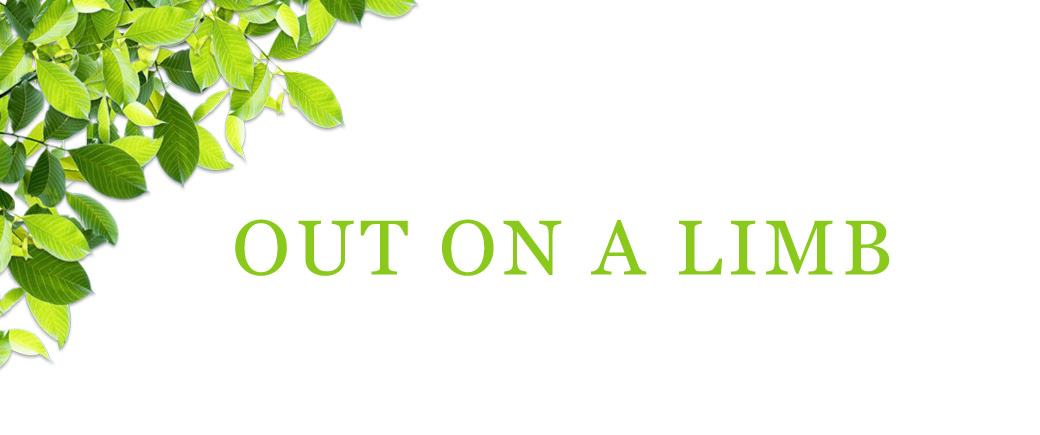Playing Chicken
When I was a teenager, I thought seriously about becoming a vet. To gain access to a veterinary school at that time, it was strongly advised that you take vocational agriculture in high school, especially if you were female—a rare bird in the animal science field in the 1960s.
So, I took vo-ag and enjoyed it thoroughly. Like all the other students, I took my turn caring for the animals on the weekends. Back then we did not have the extensive herd currently living at my old high school, but we did have chickens.
As a young person, I did not care much for chickens. I thought they were messy, kind of smelly and stupid. I did note that one little bird distinguished herself from the others by perching on the toe of my moccasin each Saturday and I thought she might be a cut above the others.
My attitude toward the creatures changed in recent years through awareness of my son’s former flock which was replete with all kinds of personalities. But never have I met a chicken as remarkable as the one my niece, assistant animal control officer in our town, picked up last year.
During the early summer she got a call reporting a chicken wandering around an intersection and in danger of being hit by a car. The chicken turned out to be a fine-looking Rhode Island Red, fat and fair and friendly. Home she came, taking up residence in my niece’s chicken coop while a search was launched for her owner. Facebook postings yielded no results and soon “Goldie,” as she was promptly dubbed, was settled in and began to display her extraordinary temperament.
It became clear that she was no dumb cluck and not the least chicken-hearted when it came to scratching out a new existence. She had obviously been someone’s pet, petted and coddled since emerging from the egg. We have never been able to understand how she came to stray and why no one came forward to claim such a remarkable bird.
Goldie is, quite simply, a party animal. Not the least bit flighty, she keeps an eye out for any activity in the backyard and is quick to identify frequent trips to the patio as a signal of yet another repast. She starts a soft, chuckling “conversation” with me, plainly indicating that it is time for me to let her out so she can panhandle among the diners.
When the crowd gathers, there is no one more enthusiastic than Goldie as she makes the rounds, stretching her neck up so she can fix each person with a penetrating red-eyed stare, all the time murmuring little clucks. Fruit, corn cobs, crackers, pasta, cake—whatever she can cadge—is quickly consumed. She is definite in her likes and dislikes, ravaging watermelons when they are offered but passing up muskmelons every time. Could there be any greater evidence of her intelligence?
Even when the food has been consumed, she is loath to leave. Picked up, she will settle on a proffered knee to be petted or to take a little nap. And at one party, she was perfectly content to join in a parade of bikes circling our driveway, sitting on the handlebars of the biggest bicycle as it made several circuits.
Goldie is extraordinary, but perhaps her biggest contribution has been to help my family realize how little we know about the inner lives of our companion animals on this Earth. I have been a vegetarian for more than 30 years now but, even if I had been a meat eater when I met Goldie, I think she would have changed my dining habits. I cannot imagine doing violence to such a charming creature and I cringe at the foul play we visit on her species.
Most of us would agree about that when it comes to conventional pets, cats and dogs, guinea pigs and hamsters are all off the menu. Even horses get special dispensation when we think of eating meat. But the preponderance of the Earth’s creatures do not receive such sanctions.
Our assumption that we can, like Gods, decide to preserve or destroy life on this planet is perhaps best summed up in the NSW Animal Research Act, which defines “animals” as vertebrates, including mammals, birds, reptiles, amphibians, fish and, most recently, cephalopods, but does not include human beings.
By that definition we are above nature despite the fact that we share almost all of our DNA with cats, cattle and mice, not to mention our fellow primates. Perhaps even more discouraging for those with inordinate pride in being a human is that more than half of our genetic code is the same as a banana's (I wonder what bananas ponder in the wee hours of the night?)
As science becomes more sophisticated and develops ways to measure the emotional and intellectual responses of our fellow creatures, it becomes clear that humans are nowhere near as distinct as we would like to believe. There is clear evidence of love, friendship, grief, jealousy, fear, stress and a host of other emotions across the spectrum of animal life. Scientists are discovering that many creatures have means of expression far more complex than ever before assigned to “dumb animals,” from the mournful calls of the humpbacked whales, to the ultrasonic laughing documented by scientist Jaak Panksepp when he tickled rats.
So, back to Goldie. It is clear she is chatting me up when asking for an invitation to a picnic. It is clear she is a bit of an avian gourmand. And it is clearly evident to me, that she has a life to live that does not include becoming Southern fried chicken. It is my hope that the new emphasis on plant-based diets will free her and other animals to live their lives.

